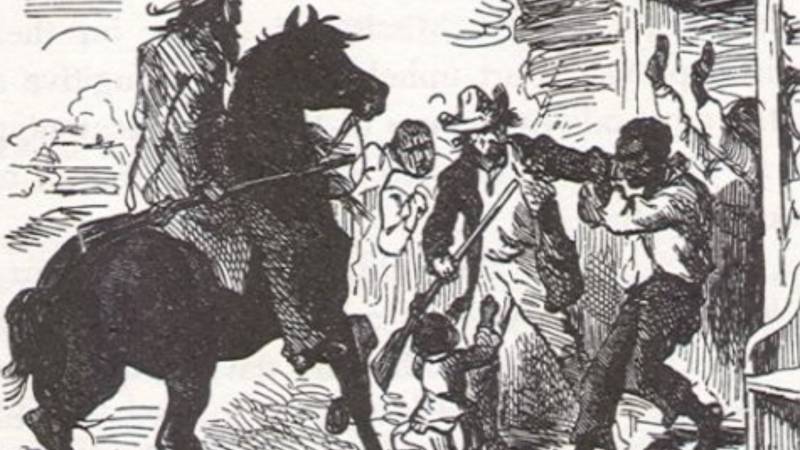Conversations about the history of slavery are often confined to the North and the South, with the West viewed as a free “promised land.” But California passed laws, like the Fugitive Slave Act of 1852, that reinforced the institution of slavery, and otherwise allowed coerced, unpaid labor in the state. And the laws impacted more than just Black people, too. Historian Stacey L. Smith writes in her book “Freedom’s Frontier” that “ diverse forms of American Indian servitude, sexual trafficking in bound women, and contract labor involving Latin Americans, Asians, and Pacific Islanders all kept the slavery question alive in California during the 1850s.” This history has been brought to the fore in recent weeks as the state’s Reparations Task Force continues to hear testimony about the impacts of slavery on African Americans. We take a closer look at this part of California’s past and why it matters.
You can hear more on this history in the ACLU of Northern California’s “Gold Chains” podcast.
